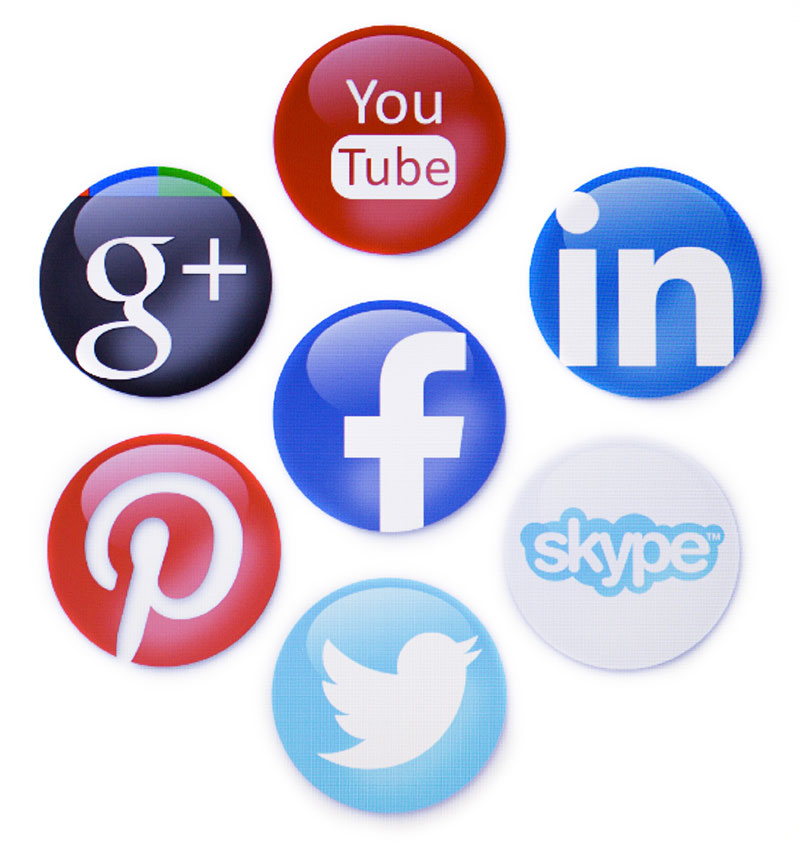
What Your Logo Says About You
Wear a Halloween costume on Valentine’s Day. Go right ahead, if it suits you. However, if you don’t win over any hearts—whether chocolate or real—don’t be surprised. Though getting someone to say “Be Mine” can be the result of many things, at its core, it boils down to presentation. It’s about realizing what you want and what others want. More importantly, however, getting someone’s attention is about placing yourself in the best light. In other words, dressing for success.
Your company’s logo is no different.
In fact, your logo works a double shift. It dresses both you and your company. And if it doesn’t fit—if it’s too sloppy or bulky or inappropriate to the occasion—you won’t be winning over many hearts or minds.
So if your logo is lacking, or if you need direction in assembling a winning ensemble for you and your brand, the following list provides a few time-tested pointers to put you back in the running.
- Professionalism
Your logo should let others know that you are not only a professional but that you take your business seriously. It’s absolutely critical to make a good impression with a professional image. Like dressing for an interview, your logo shows your audience that you fit the part, understand the dynamics and are a team player. This doesn’t mean that you must look like a copy of the competition, it simply means that you know the stakes and that, even if you break those stakes and up the ante in some way, you are doing so in a respected way.
- Purpose
Your logo also needs to convey that you not only know who you are but that you understand what your brand represents. Ambiguity does not favor fledgling hearts and minds. If you don’t really know who you are or seem to be having a hard time figuring out what you’re doing with your brand, your audience will pick up on it. Your lack of confidence will result in your audience’s lack of confidence in both you and your brand. The message you are trying to convey is perhaps the most important question you should answer as it will not only set the tone for all other decisions, but drive them to success. As it’s been said so many times before, you have to know what to say before you can say it.
- Precision
Your logo should most certainly have the appropriate style for both your product and your company. It’s the Halloween costume on Valentine’s Day scenario. If the occasion is all wrong, you won’t be effective in winning over any hearts. Or worse, you might attract unwanted attention, which can include empty promises, idle speculation and even slander. Precision involves the font style, color choice and graphics that make up the logo as well. You don’t want your logo painting the wrong picture of your brand, so be sure to know your customer and target demographic before charging in.
- Perceptive
Your logo should not only fit you and your brand, it should be flexible enough to adapt to the ever-changing needs of the market. We live in a global environment, one that is constantly changing. Things come and go, right before our very eyes. Your logo needs to be strong enough to make an impact in the here-and-now and malleable enough to adjust. Adaptability is not the same thing as ambiguity. Keep your purpose and your precision, but be perceptive when the time comes to change things.
- Placement
You should also take note of placement when determining how your logo will look. Pay close attention to the context in which your logo will be seen. Flexibility not only means adaptability, it means being alert to the multitude of ways a logo will be seen and interpreted. How will clients come in contact with your brand? On print ads? On billboards? On computer screens? Also, will the logo have a high level of sophistication, which could also mean it’s difficult to read from a distance, or will it be simple, saying more by what it doesn’t say? Placement can mean a lot of things. Make sure you know what your logo means.
- Particular
Your logo needs to make a mark by standing out from the competition. After all, you are in business because you have something that you think others want, need. Why should a client come to you? What does your product offer that similar products cannot? A unique logo will grab attention. It will win hearts and shepherd potential clients through the door. It will inspire your audience to learn more about both you and your brand. Once you dazzle them with a unique logo, you can begin the task of winning over hearts and minds with the particulars of your product.
What your logo says about you and your brand is important. Choose the right fit and stand out from the crowd. Choose the wrong one and you might not only end up losing hearts and minds, you can look and feel like a costumed clown.
